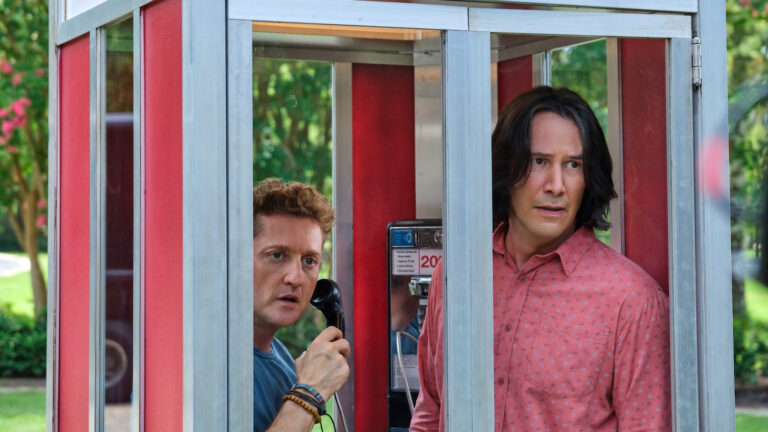Latest Article|September 3, 2020|Free
::Making Grown Men Cry Since 1992
3 min read
Fame seems to bestow a kind of invulnerability on people. Celebrities like Marilyn Monroe, Elvis, Princess Diana and JFK are immune to the ravages of time and mortality because they have been forever enshrined on film, television and record. Their youth and vitality remains as it ever was thanks to the freeze frame of pop culture. Also, there is that segment of the population that refuses to believe in the ordinary circumstances of their deaths, concocting elaborate conspiracy theories for the simple reason that celebrities can’t expire like mere mortals.The death of a celebrity is always an odd thing. Thanks to their rather lived-in-public lives, we members of the hoi polloi feel as if we knew them in some way. And we don’t like it when out heroes die.Early this week came the news that Australia’s famed “Crocodile Hunter” Steve Irwin had been killed. To many, this was shocking news. Not merely because Irwin was a celebrity, but because he seemed to make his living cheating death. His mission in life was to bring compassion to so-called “dangerous animals.” Crocodiles, sharks and poisonous snakes were among the animals Irwin fought for (and frequently wrestled with). Somewhat ironically, it was not a dangerous animal that claimed the naturalist’s life. While filming a documentary on Australia’s Great Barrier Reef, Irwin was hit in the chest by a stingray. The animals are not considered aggressive and only fight back in defense. Only two stingray deaths have been reported in Australia prior to Irwin. Stingray injuries usually occur when people step on the animals, who inject a poisonous barb up to 10 inches in length–frequently into the foot or calf. Irwin, who was apparently swimming over the animal, was struck directly in the heart and most likely died instantly. He was 44 years old.A passionate advocate for animals, Irwin grew up on his parents’ small reptile farm in Queensland. As time went on, Irwin helped build his parents’ dream into the world-renowned Australia Zoo. Irwin was catapulted to the level of international celebrity when his nature show “Crocodile Hunter”–first broadcast in Australia in 1992–was picked up by the Discovery Channel in 1996.Spinoffs like “Croc Files,” “Crocodile Hunter Diaries” and the 2002 film Crocodile Hunter: Collision Course all spotlighted Irwin’s boisterous enthusiasm and passionate love for animals. In addition to educating people about the world’s deadliest animals, Irwin championed a “no tranquilizer” policy that emphasized quick and humane transportation of animals over potentially dangerous drugs.Irwin used his personality, his fame and–most importantly–the power of television to drive home his message of conservation and respect. One of the strange things that television does is it brings viewers closer to people they wouldn’t otherwise know. Fans of Irwin watched him build his pride and joy, the Australia Zoo. They saw him get married to fellow naturalist Terri Baines. They witnessed the birth of his two children. They saw his beloved dog Bindi Su die of cancer. They saw Irwin–on more than one occasion–get bitten in the line of duty. Irwin lived his life, quite openly, on camera. Because of this, an awful lot of people–myself included–felt like they knew him. Now, we can only take comfort in knowing he died doing what he loved.



